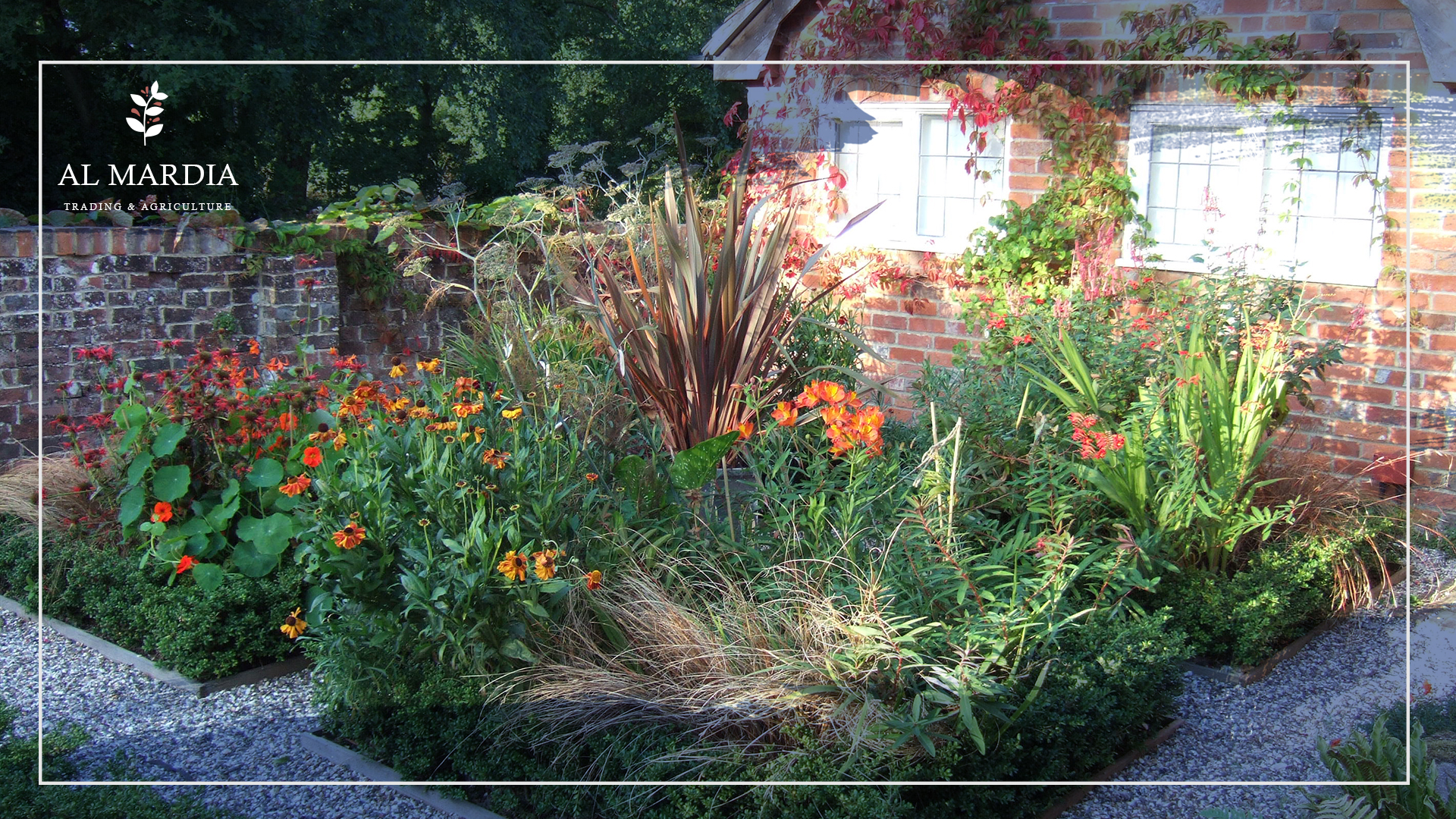

Garden Pests and Organic Solutions
Rainfall is essential for the growth of plants and gardens, but it can also bring out garden pests. Common garden pests such as aphids, caterpillars, slugs, and snails thrive in moist soil and can quickly become a problem if not managed properly. In this article, we will discuss some of the most common garden pests that emerge after rain and how to prevent them from damaging your plants.
Garden pests and wet weather
Wet weather offers advantages to some creepy crawlers, such as:
- Rain beetles can be detrimental to trees that produce fruit in Western North America. The larvae of the beetle feed on the roots of these trees, which leads to a decrease in their vitality and an inability to yield as much produce.
- Adult male beetles, closely related to scarab beetles, find females who cannot fly after seasonal rain. They wait for them in tunnels below the ground and signal their presence through pheromones. Controlling these insects using chemical methods can be challenging.
- Biological controls, such as Neem Protect Oil, kill pests throughout their lifecycle and provide blanket control for over 200 insects and pests.
- Scarab beetle larvae become abundant in late summer and the presence of appropriate moisture and vegetation helps them thrive. They feed on the roots of plants underground and grow into adults over time.
- Spring rains prove advantageous for insects as it helps them grow quickly, spread more widely, and reproduce faster. When precipitation is excessive, however, their outdoor habitats may get flooded, thereby cutting off their regular food sources. As a result of such heavy rainfalls, one can find common household bugs like cockroaches, carpenter ants, sow bugs, and centipedes.
- Interestingly, centipedes are likely to be present in homes where pests like cockroaches, ants, and sow bugs are present. Therefore, it is possible that if centipedes are found in a house, then other forms of other infestations might also be occurring.
Spotted Lanternfly Bugs
- The Spotted Lanternfly bug is an invasive species that has been causing considerable damage to crops and trees across the United States. These bugs have a unique look, resembling a beautiful moth, but are actually part of the Hemiptera order of insects. As they feed on plants and sap from trees, they can cause considerable harm to agricultural production and even ecosystems if left unchecked.
- As effective as soil drench insecticides can be for controlling Spotted Lanternfly bugs, one should exercise caution when applying them on landscaping trees that provide pollen and nectar to honeybees in the springtime.
- There are several efficient ways to manage Spotted Lanternflies, such as utilizing natural fungi and beneficial insects like Micro Plus, which can be an effective form of pest control with fewer health and environmental risks.
Sandbox Bugs
- Sandboxes are a great source of fun and exploration for children. However, they can also be the breeding grounds for various types of bugs. Understanding the types of bugs that commonly inhabit sandboxes is important. It helps to prevent infestations as well as to treat them appropriately if they occur.
- Dealing with bugs in a sandbox often proves to be a tricky task. A straightforward approach would be to take apart the existing sandbox and start over again by getting rid of the used sand. This is usually the simplest solution. Once the sand is cleared out, the sandbox must be wiped clean and sanitized. Afterward, fresh sand should be added to ensure that bugs can’t get into it.
- Maintaining a clean sandbox is critical to ensuring good hygiene. It is advised to always use sanitized sand only, which will help in the prevention of bugs infesting the box. Additionally, it’s important to keep the outer perimeter bug-free as well.
Squash Bugs
- Squash bugs are a major agricultural pest that can cause significant damage to squash and other cucurbit crops. These bugs feed on the sap of the plants, sucking out the nutrients and leaving behind discolored patches on the leaves. Fortunately, there are several measures that can be taken to prevent squash bug infestations. This includes utilizing row covers and mulching to disrupt their life cycles.
- Companion planting is an effective and natural method of controlling the squash bug population. By strategically planting certain plants that attract predatory insects, growers can keep their squash bug populations in check without using harsh chemicals or pesticides.
- Additionally, the hard shell and odor released by disturbed squash bugs make them difficult for predators to target, making companion planting an even more important tool for pest control.
- You can add plants like carrots, dill, parsley, sunflowers, and radish to your next squash and pumpkin patch. This will help attract predators that target squash.
Organic gardening is a great way to maintain a healthy garden but it’s important to be aware of common mistakes when managing garden insects with organic methods. To make the best decisions about how to manage your garden’s insect population, it is important to understand the life cycle of insects and which products are safe to use in the garden.
Related topic
Trichoderma: The Best Bio Fungicide
Common Questions
What do organic farmers use to control pests?
To control pests, organic farmers use a variety of methods. For example, crop rotation, cover crops, mulching, and other weed management techniques are all applied. These methods are both effective and environmentally friendly, allowing organic farmers to produce safe and healthy food for their customers.
What is the most common garden pest?
One of the most commonly found garden pests are aphids, leaf miners, scale, whiteflies, earwigs, cutworms, fungus gnats, and mealybugs. These insects can cause significant damage to plants by feeding on their leaves or roots. It also can spread disease from plant to plant.
How do I identify my garden pest?
Plant pests can be spotted through several telltale signs. For example, holes in leaves, grubs near the roots, speckled foliage and skeletonized leaves are all symptoms we could observe. Thus it is important to take proactive action and inspect your plants regularly. This means that any problems can be detected and rectified quickly.





